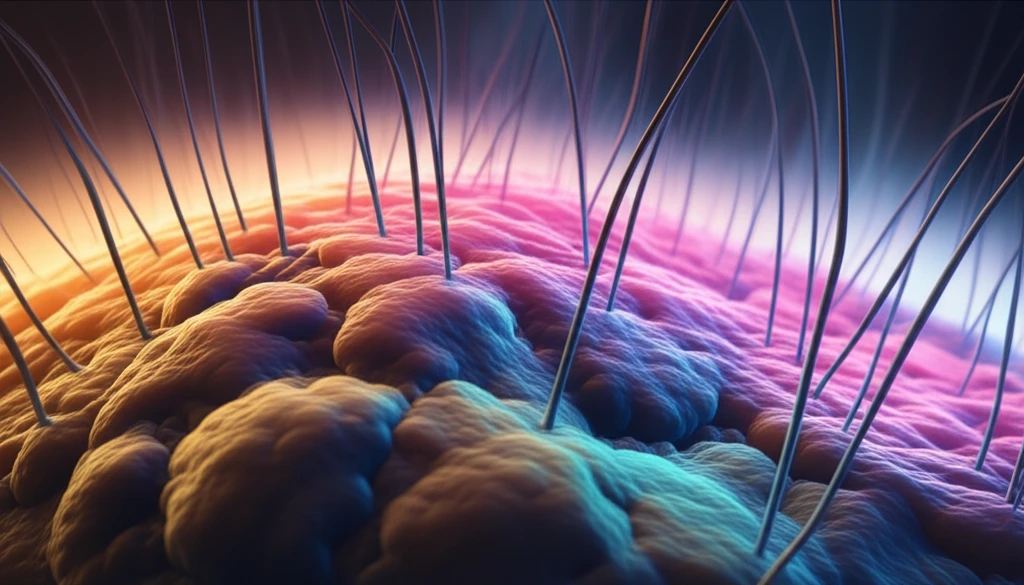
Unlocking Hearing: How the Tectorial Membrane Impacts Your Auditory Experience
"Explore the mechanics of the tectorial membrane and its critical role in hearing sensitivity, offering new insights into hearing disorders."
Hearing is a marvel of biological engineering, allowing us to perceive the world around us through sound. At the heart of this process lies a tiny structure in the inner ear called the tectorial membrane (TM). Widely regarded as a key player in our ability to hear, the TM contributes significantly to the sensitivity and selectivity of mammalian hearing.
Recent advances in genetic research and the development of new mouse models for human hearing disorders have provided unprecedented insights into the TM. These insights are helping scientists uncover the molecular and nanomechanical mechanisms that govern the TM's role in auditory perception.
This article explores the structure, function, and mechanics of the tectorial membrane, translating complex research into understandable terms. Join us as we discuss the TM’s morphology, its local interactions, and its role in the spread of sound signals through the inner ear – and what this means for innovations in treating hearing loss.
What is the Tectorial Membrane and What Does it Do?

The tectorial membrane (TM) is a complex matrix found in the inner ear, positioned strategically above the hair cells—the sensory receptors responsible for detecting sound vibrations. Imagine the TM as a delicate blanket that interacts with these hair cells; when sound waves enter the ear, they cause the TM to move, stimulating the hair cells and initiating the process of auditory perception.
- Water (97%): Providing a fluid environment essential for the TM's dynamic movement.
- Glycosaminoglycans (GAGs): These complex carbohydrates help maintain the TM's structural integrity and hydration.
- Collagenous and Noncollagenous Proteins: Including key proteins like a-tectorin and ß-tectorin, these provide a framework for the TM and are vital for its proper function.
The Future of Hearing Research
Ongoing research continues to reveal the complexities of the tectorial membrane and its critical role in hearing. By understanding its structure, mechanics, and interactions at the molecular level, scientists are developing new approaches to treat hearing loss and improve auditory health. These efforts promise to enhance our ability to perceive and enjoy the world of sound, addressing one of the most pervasive health concerns in our aging population.
